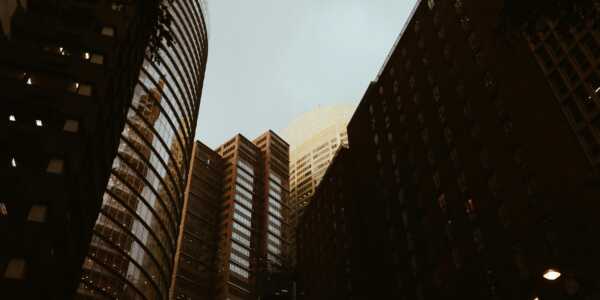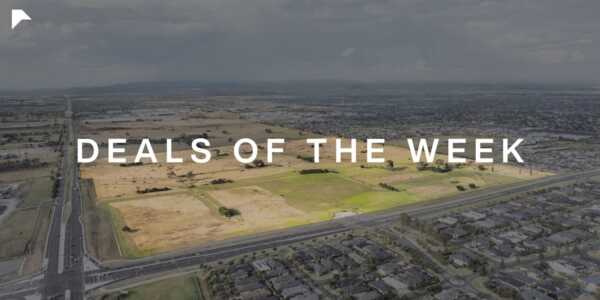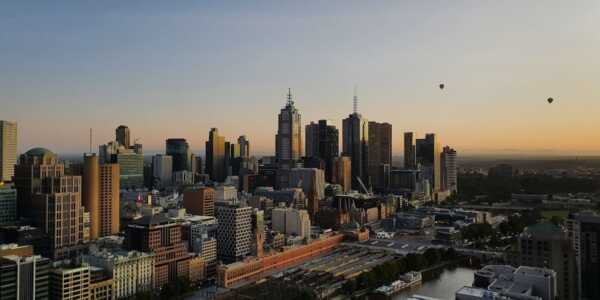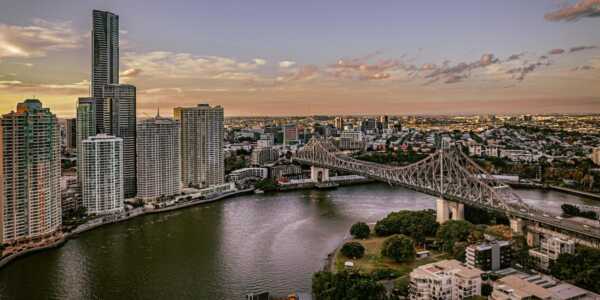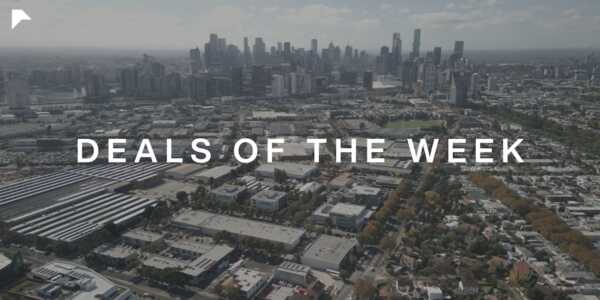For years, there has been speculation that Australia’s apartment market is in oversupply and heading for an inevitable correction. With some reports calling out inner city suburbs as ‘No Go Zones’ and some developers discounting prices amid difficult sales, you could be thinking that we have reached the tipping point.
But is this a time for concern, or opportunity?
No Go Zones
Hotspotting’s No Go Zones 2018 report has cited many concerns around the oversupply of Melbourne’s inner city apartments. The CBD, Docklands and Southbank have all been warned against. Terry Ryder, Hotspotting founder, has even been so bold as to claim that the “single biggest danger” for property investors this year was “buying apartments in some of our major cities”.
Ryder suggests that optimists looking at population growth in Melbourne, as means to fill the increase of built apartments, aren’t understanding their market.
“Many of the new high-rise projects have been specifically targeted at foreign investors. The size and layout of the properties don’t necessarily suit Australian residents”.
This will inevitably have a downward push on rents and prices.
The report also reveals that 4.2% of apartments are vacant along Melbourne’s Southbank, along with 3.4% in the Docklands and 2.8 in the CBD. While these numbers are higher than the general Melbourne average of 1.8%, the figures are down from the previous year.
Price cuts and buyer incentives
Amid property oversupply concerns in Australia’s capital cities, developers are getting creative in their selling.
For example, a $990,000 three-bedroom apartment in Melbourne’s Mordialloc (24kms south-east of the CBD), buyers are being offered a 12-month rent guarantee and free blinds.
Luxury inclusions have been hitting the bargaining table around the country, with Miele appliances, timber flooring and marble kitchens all showing force.
Steve Lusi, director of Direct Property Group, has referred to lender crackdowns on small apartments under 50sqm, as a cause of slowing demand and reducing prices. In some instances lenders are re-valuing some off-the-plan apartments by up to 15%, causing finance issues for buyers.
Lusi states that the asking price for apartments in Melbourne’s Southbank is being reduced by up to 10%, while demand (and price) remains strong in popular suburbs such as South Yarra and Toorak.
The next property cycle
Bank of America-Merill Lynch economists have eased concerns of a house price crash, despite a record number of new apartments due to set the market this year.
Tony Morriss and Alexandra Veroude write in a recent research note to “forget oversupply” and look beyond 2018 to a period of potential undersupply – “The stage is being set for the next property cycle”.
"With population growth expected to keep underlying housing demand robust, we see underlying demand outpacing supply in Australia's largest housing markets, New South Wales, Victoria and Queensland, from 2020".
What does this mean for developers?
Many speculators will rely on strong population growth in major cities to justify continuing development. The pitfall is to look at this as an equation that doesn’t involve real people; as in not seeing the woods for the trees.
While we collectively will always need a place to live, by our very human nature, we all seek a home rather than simply a house. Developers who focus on supplying the market with homes of liveability, rather than delivering the highest possible rate of sale, are the ones who will truly succeed.





